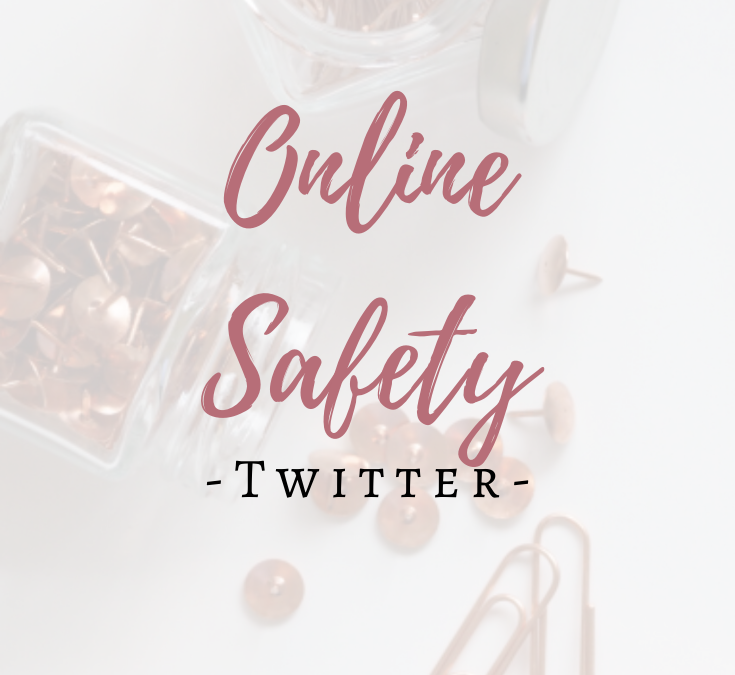Turn on any news outlet, and you’re likely to hear of some new scam aimed at innocent people. It’s not hard to see how it’s become such a problem, either – with online shopping, online profiles and our general oversharing of sensitive information, it’s no wonder it’s in the news so frequently.
Scammers generally need just TEN pieces of information to pull the wool over your eyes, but not all ten. A few will get the job done. Check it out:
- date and place of birth
- financial account numbers
- social insurance/security number
- physical and email address
- banking PIN codes
- credit card expiration dates/codes
- driver’s license or passport number
- full name
- phone number
- employer, affiliations or memberships
Scary, isn’t it?
And what’s even scarier is that most of this information is free for the taking, on your social media accounts. So, please join me for this online security checkup series of blog posts, starting with Twitter. Ready? Let’s do this!
- Log into your Twitter account
- Click on the 3 dots next under your photo, and select Settings & Privacy
- Go through each subsection within Settings and update as necessary
- Check the other headings as well, and review your account
Let’s break it down:
ACCOUNT
Take a look at the two items in the Security section and decide if you want to enable the Additional Password Protection.
PRIVACY AND SAFETY
Review each of the subsections here and pay close attention to Personalization & Data. I chose not to share my data with business partners.
NOTIFICATIONS
Review all the information here, but pay close attention to Advanced Filters.
CONTENT & PREFERENCES
Choose whether to turn off Personalization & Data.
GENERAL
You will see the subsections: Display, Data Usage, Accessibility, and About Twitter.
LOGIN & SECURITY
This is where you can set up extra password protection.
DATA & PERMISSIONS
Click Your Twitter Data, select Apps, Devices and Information and then Connected Apps. Review and revoke access of any apps you don’t recognize or use anymore.
BIRTH DATE
Go back to your profile, and click on Edit Profile. Scroll down to Birth Date. If you’ve entered your birth date here, you can choose to remove it. At the very least, remove your year of birth – this may only slightly deter someone from finding out your year of birth though. If a scammer can find a record of when you graduated from any school, it wouldn’t take much to guess a year.
In summary
Online safety is so important these days, especially with reports of information being hacked or leaked. By removing sensitive information from your accounts, you’re taking matters into your own hands.
Check back for my next blog post.

Book a free consultation call with me to see how I can further benefit you and your business.

